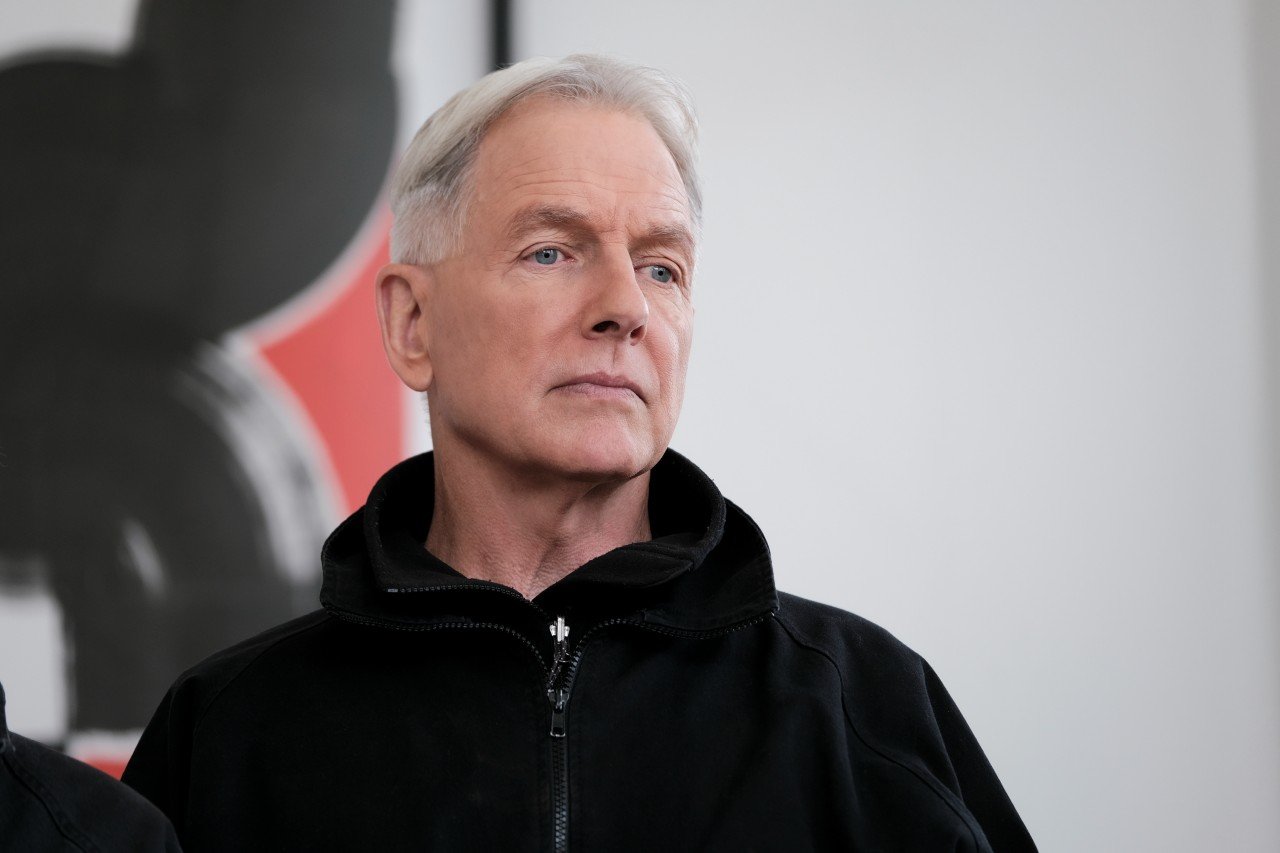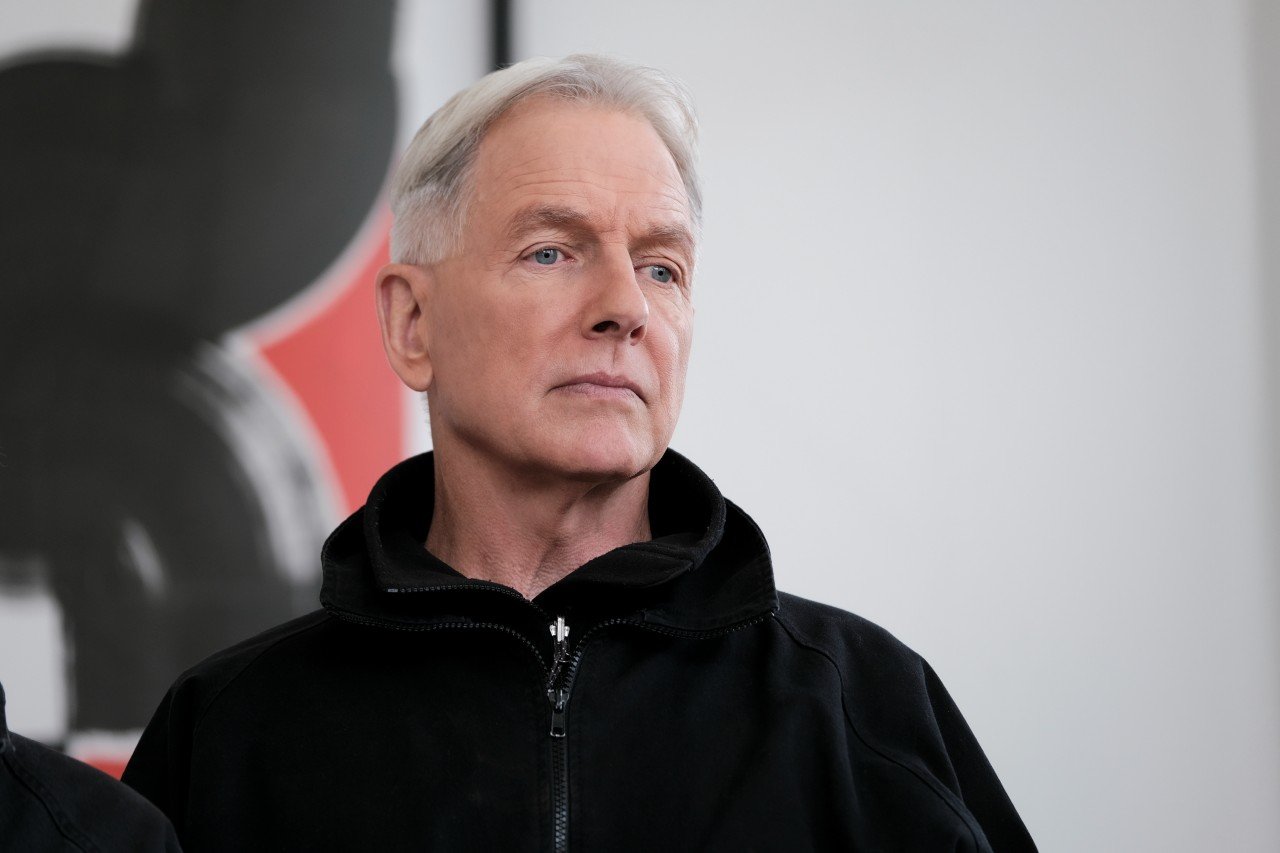
‘NCIS’: Filming Mark Harmon’s Final Episode in Alaska Was a Risky Bet
Mark Harmon’s final NCIS episode was carefully planned. The producers did everything they could to make sure they identified the perfect filming location. Although they decided on Alaska, there was a big risk involved that could have significantly affected the episode.
Scouting locations for Mark Harmon’s last ‘NCIS’ episode

During a special CBS interview, NCIS executive producer Brendan Fehily says they thought they would be scouting locations to stand in for Alaska. However, once they arrived in Alaska, they knew they wanted to film Gibbs’ final episode here because the scenery was so beautiful. “Once we got there, there was no stand-in for Alaska,” says Fehily.
Executive producer Mark Horowitz says the crew did a lot of planning. “We did a lot of producing on the front end,” Horowitz tells CBS. “We did a lot of planning; we did a lot of second-guessing. We did a lot of backup plans. That’s just the nature of the beast. We were going to a place we had not been to before.”
Why filming in Alaska was risky for Mark Harmon’s final episode
Harmon’s final episode as Gibbs had to be perfect. The cast and crew filmed most of the scenes outdoors, so it was important for the weather to hold up. However, Alaska weather can be unpredictable. This made filming in this location quite risky.
Webb says his biggest concern about filming in Alaska was that it had been raining and snowing every day for almost six weeks. Fortunately, when they began filming, the rain and snow stopped, and they were able to get four days where it was very sunny and dry. Prior to filming, they didn’t know what the weather would be like.
Executive producer David J. North said the weather was very important because it would affect the tone of Gibbs’ scenes. Since this was Harmon’s final episode, they wanted to make sure they got things right. The final scene where Gibbs tells McGee (played by Sean Murray) he’s not coming back was the most important scene. (Hopefully we’ll see Gibbs again.)
“[The weather] was unbelievably important,” says North. “Because those last scenes with Gibbs in the river. If those are shot and it’s gloomy or drizzling, raining, there’s a whole different feeling to it.”
North says the whole point was to have scenery where it would be convincing for Gibbs to want to stay in Alaska. A gloomy, rainy scene would not have worked. North says it was “a big deal” for the weather to “cooperate.”
The ‘NCIS’ crew picked their equipment carefully
William Webb, NCIS director of photography, says the crew had to pack as light as possible. They had to get into fishing boats to film some scenes, so it was important to only pack the necessary equipment. Webb says they had to be in the right place at the right time for the sun because they couldn’t bring some equipment.
“I really didn’t have any electric; I couldn’t bring lights,” says Webb. “It was all about trying to be in the right place at the right time for the sun. We were very specific about what gear would go where.”
Chad Erickson, an NCIS camera operator, says they had to have the right equipment for any weather condition that could arise. This was challenging because they couldn’t bring a lot of camera equipment.
“When you go to Alaska, it’s the kind of state where if you don’t like the weather, wait a minute or two and it will be different. So, we had to be ready for rain, sleet, snow. You can’t predict the weather. We had no idea what was coming our way.”
Follow Sheiresa Ngo on Twitter.


